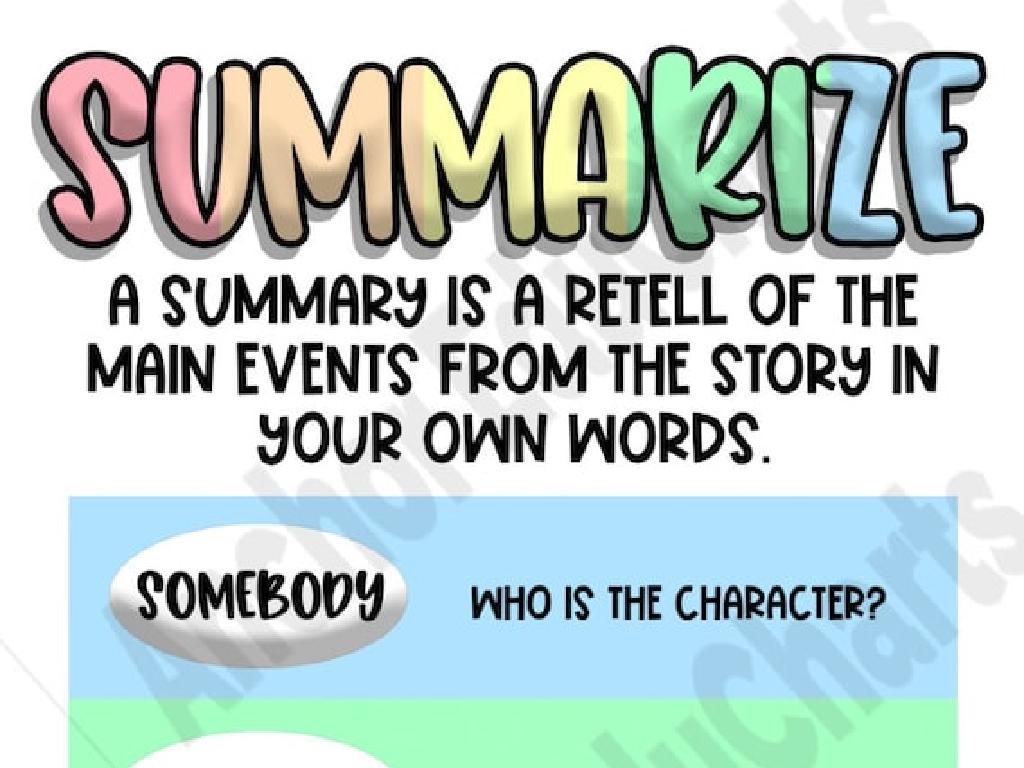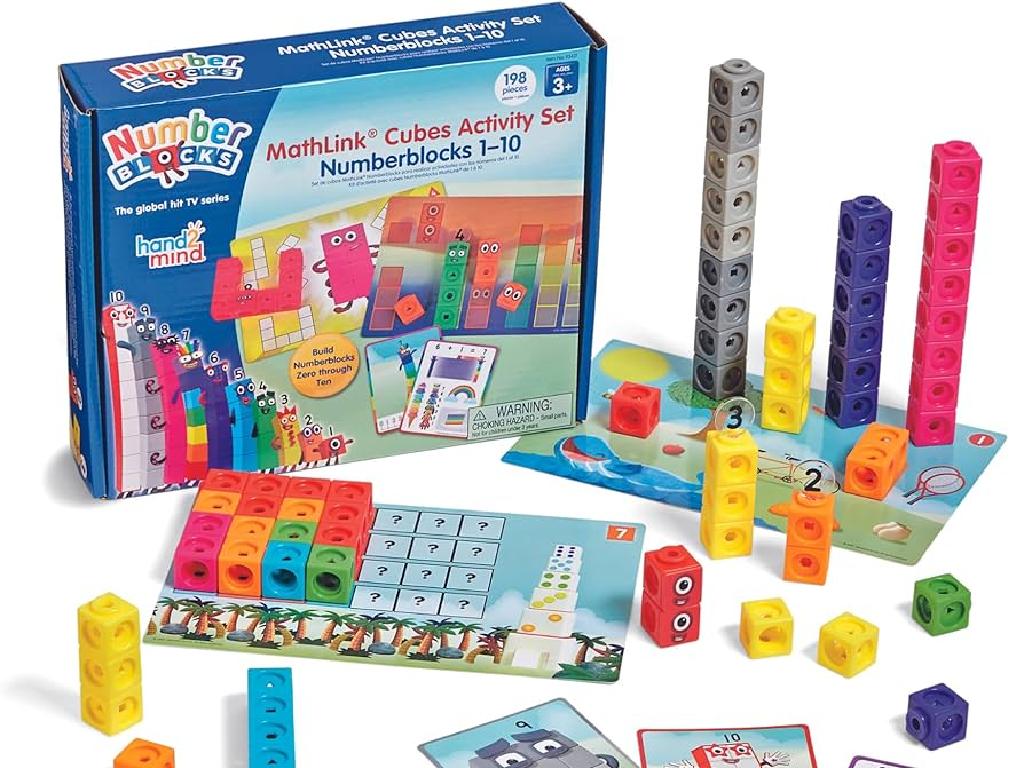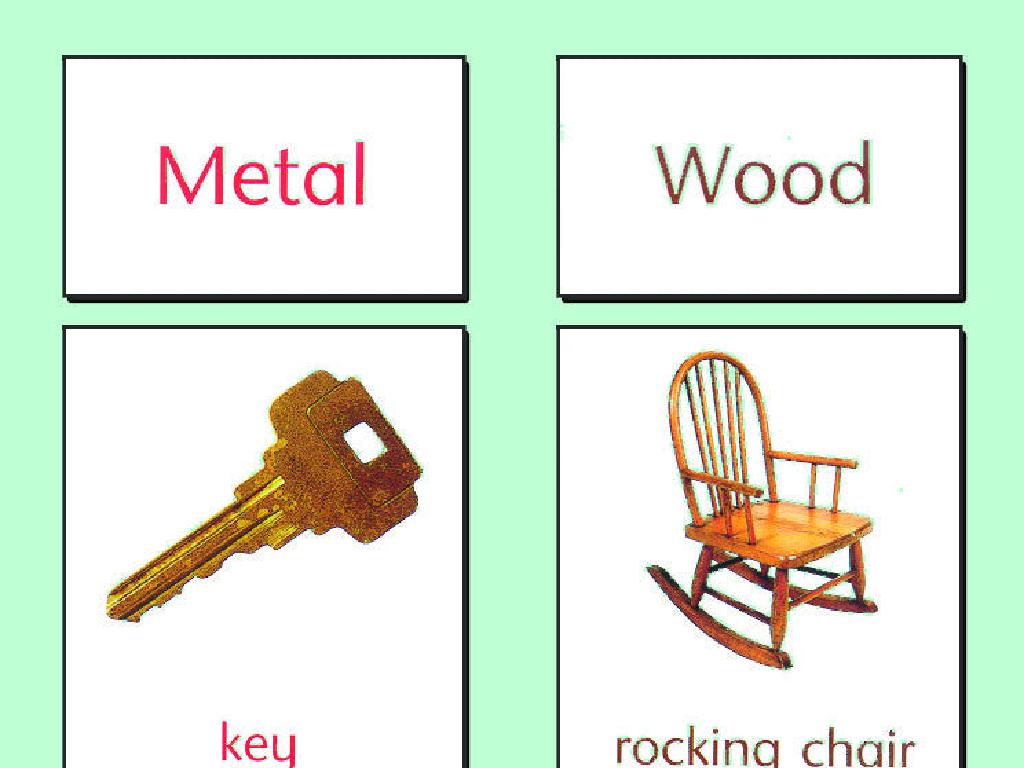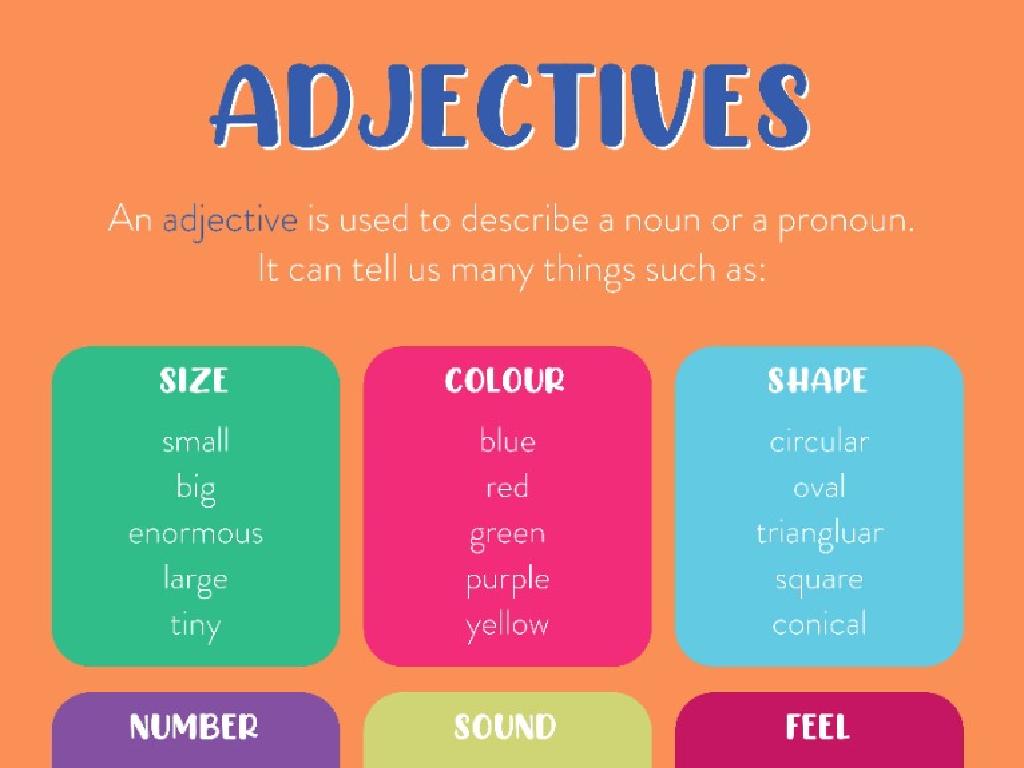Identify The Simple Subject Or Predicate Of A Sentence
Subject: Language arts
Grade: Fourth grade
Topic: Sentences, Fragments, And Run-Ons
Please LOG IN to download the presentation. Access is available to registered users only.
View More Content
Exploring Sentence Structure
– What makes a complete sentence?
– Spotting the simple subject
– The ‘who’ or ‘what’ the sentence is about
– Finding the predicate
– The action or state of being of the subject
– Avoiding fragments and run-ons
– Complete thoughts vs. incomplete; run-ons are too long
|
This slide introduces the basic concepts of sentence structure, which are crucial for understanding how to form correct sentences. The objective is to help students identify the simple subject and predicate within a sentence. Begin by discussing what constitutes a complete sentence, emphasizing the need for both a subject and a predicate. Use examples to illustrate how the simple subject is the main noun or pronoun that the sentence is about, and the predicate is the verb or verb phrase that tells what the subject is doing or being. Highlight the importance of avoiding sentence fragments, which are incomplete thoughts, and run-on sentences, which improperly combine too many ideas without proper punctuation. Engage the class with examples and ask them to identify subjects and predicates in sentences you provide.
Understanding Sentences
– A sentence expresses a complete thought
– Two main parts: subject and predicate
– For example, in ‘The dog barks’, ‘The dog’ is the subject and ‘barks’ is the predicate.
– Subject: ‘who’ or ‘what’ of the sentence
– Example: In ‘The cat sleeps’, ‘The cat’ is the subject.
– Predicate: tells about the subject
– Example: ‘Runs fast’ is the predicate in ‘The horse runs fast’.
|
This slide introduces the basic components of a sentence to the students. It’s crucial to emphasize that a sentence is not just a random collection of words, but a structured unit that conveys a clear idea. The subject and predicate are foundational elements of this structure. The subject is the main focus of the sentence, usually a noun or pronoun, while the predicate provides information about the action or state of being of the subject. Use simple and familiar examples to illustrate these concepts, and encourage students to identify subjects and predicates in sentences they encounter in their reading or daily conversations.
Sentence Breakdown: Subjects and Predicates
– Understanding ‘The cat purrs.’
– Simple Subject: ‘The cat’
– ‘The cat’ is who we’re talking about
– Simple Predicate: ‘purrs’
– ‘purrs’ is the action the cat is doing
– Practice identifying parts
– Find subjects and predicates in sentences
|
This slide introduces the concept of identifying the simple subject and predicate in a sentence. The example ‘The cat purrs.’ is used to illustrate the point. The simple subject is ‘The cat’, which tells us who the sentence is about, and the simple predicate is ‘purrs’, which tells us what the cat is doing. Encourage students to practice by breaking down sentences to find the subject and predicate. This will help them understand sentence structure and improve their reading comprehension. For the activity, provide additional simple sentences and have students identify the subjects and predicates. This exercise can be done individually or in small groups to promote discussion and reinforce learning.
Finding the Subject in Sentences
– The subject is often a noun or pronoun
– Ask ‘Who?’ or ‘What?’ to find the subject
– Before the verb, ask ‘Who is doing it?’ or ‘What is happening?’
– Example: ‘The clown laughs.’
– ‘Who laughs?’ leads us to ‘The clown’ as the subject.
– Let’s practice identifying subjects
– We’ll do exercises to spot the subject in sentences.
|
This slide introduces the concept of identifying the simple subject in a sentence, which is crucial for understanding sentence structure. The subject, typically a noun or pronoun, is the person or thing doing the action or being described. To find the subject, students can ask ‘Who?’ or ‘What?’ in front of the verb. Use the example ‘The clown laughs.’ to illustrate this point. The answer to ‘Who laughs?’ is ‘The clown,’ which is the subject. During class, engage students with practice exercises where they identify the subject in various sentences. This will help reinforce their understanding and ability to find the subject in any sentence.
Identifying the Predicate in Sentences
– What is a predicate?
– The predicate tells us the action or state of the subject.
– Predicate includes the verb
– Every predicate has a verb, like ‘run’, ‘is’, or ‘eat’.
– Predicate may have more words
– It can also have a description or tell more about the verb.
– Practice identifying predicates
– Example: ‘The clown laughs.’ – ‘Laughs’ tells us what the clown does.
|
The slide introduces the concept of the predicate as a fundamental part of a sentence structure. It’s crucial to emphasize that the predicate is what gives us information about what the subject is doing or what state it is in. Start by explaining that the predicate always contains a verb, which is the action word in the sentence. Then, illustrate that predicates can be expanded with additional words that describe or modify the action. Use simple sentences for practice, such as ‘The clown laughs,’ and ask students to identify the action that the subject (the clown) is doing. This will help them understand that ‘laughs’ is the predicate. Encourage students to come up with their own sentences and identify the predicates as a class activity.
Avoiding Fragments and Run-ons
– What is a sentence fragment?
– A fragment lacks a subject or predicate and doesn’t express a complete thought.
– What is a run-on sentence?
– Run-ons are sentences incorrectly joined without punctuation like commas or periods.
– Importance of subjects and predicates
– Knowing subjects and predicates helps us write complete, clear sentences.
– Practice identifying fragments and run-ons
– We’ll do exercises to spot and fix fragments and run-ons.
|
This slide introduces students to the concepts of sentence fragments and run-on sentences, which are common errors in writing. A fragment is an incomplete sentence that cannot stand alone because it’s missing a main subject or predicate. A run-on sentence is a grammatical mistake where two independent clauses are improperly joined without the correct punctuation or conjunction. By understanding the roles of subjects and predicates, students can learn to construct complete sentences and improve their writing clarity. The slide sets the stage for interactive activities where students will practice identifying and correcting these errors, reinforcing their understanding of sentence structure.
Let’s Practice Together: Subjects and Predicates
– Identify subjects in sentences
– Identify predicates in sentences
– Use ‘Who?’ or ‘What?’ for subjects
– ‘Who is the sentence about?’ or ‘What is the sentence about?’
– Find actions or states for predicates
– Look for verbs or descriptions following the subject
|
This interactive slide is designed for a class activity where students will practice identifying the simple subject and predicate of a sentence. Begin by explaining that the subject of a sentence is the person, place, thing, or idea that is ‘doing’ or ‘being’ something. The predicate explains what the subject is doing or what condition the subject is in. Use clear examples to demonstrate, such as ‘The cat (subject) sleeps (predicate).’ For the activity, present sentences on the board and ask students to identify the subjects and predicates. Encourage them to ask ‘Who?’ or ‘What?’ to find the subject and to look for the verb or state of being to find the predicate. Provide immediate feedback and support as needed. Possible activities include having students work in pairs to identify subjects and predicates, writing sentences on the board for group analysis, or creating a worksheet with sentences for individual practice.
Class Activity: Sentence Detectives
– Become a Sentence Detective!
– Mission: Identify subjects and predicates
– The subject is who or what the sentence is about
– Underline subjects and predicates
– Underline the subject once, predicate twice
– Pair up and solve sentence puzzles
– Work together to find answers on the worksheet
|
This activity is designed to engage students in identifying the key components of a sentence. The subject is the ‘who’ or ‘what’ of the sentence, and the predicate tells us what the subject is doing. By underlining these parts, students will visually distinguish between them, reinforcing their understanding. Have students work in pairs to encourage collaboration and discussion, which can lead to a deeper understanding of the concepts. Provide a worksheet with a variety of sentences for them to analyze. As they work through the activity, circulate the room to offer guidance and support. After the activity, review some of the sentences as a class to ensure comprehension and correct any misunderstandings.
Detective Work: Subjects & Predicates
– Congrats on your detective work!
– Homework: Write 5 sentences
– Create sentences about anything you like
– Identify subjects and predicates
– Underline the subject once, the predicate twice
– Review your sentences carefully
– Make sure each sentence is complete and makes sense
|
This slide wraps up the lesson by praising the students for their hard work in identifying subjects and predicates. The homework assignment is designed to reinforce their understanding by having them practice writing sentences and identifying the different parts. Encourage students to be creative with their sentences and remind them to double-check their work for accuracy. In the next class, you can review some of the sentences together to ensure everyone is on the right track. Provide examples of subjects and predicates if necessary to guide them in their homework.






